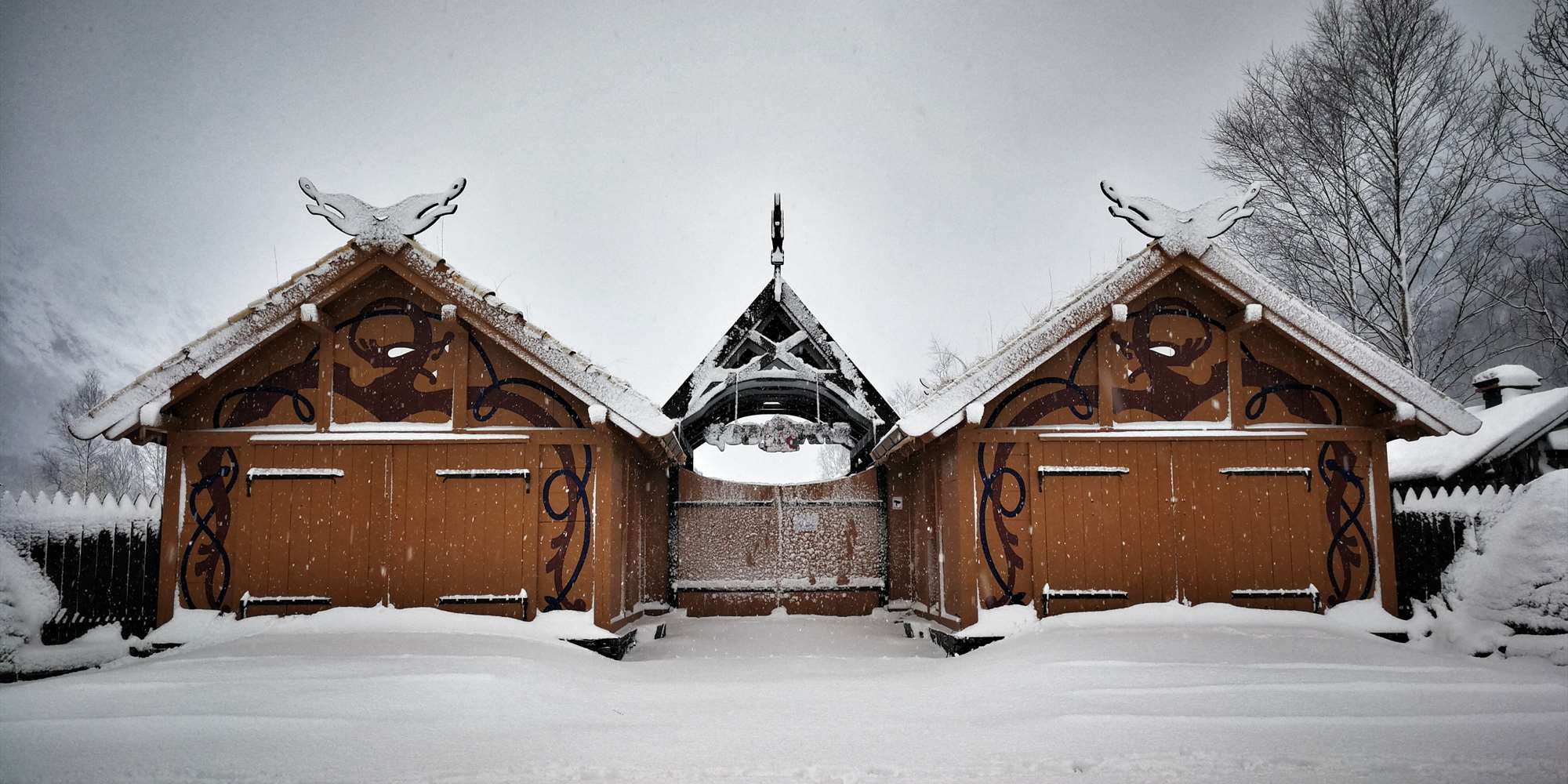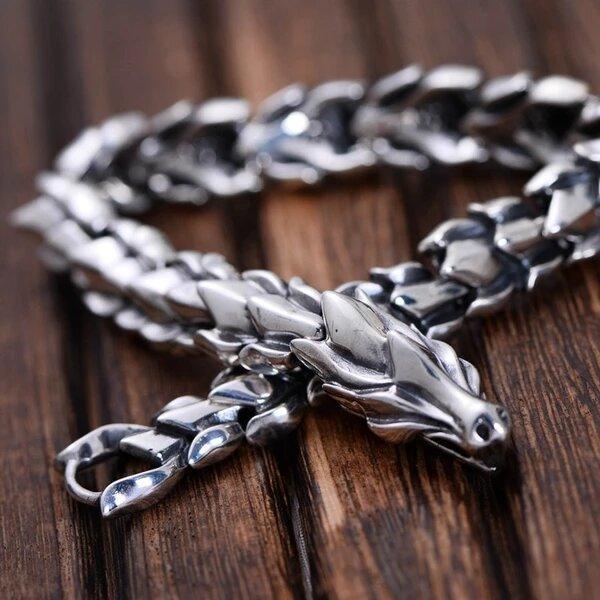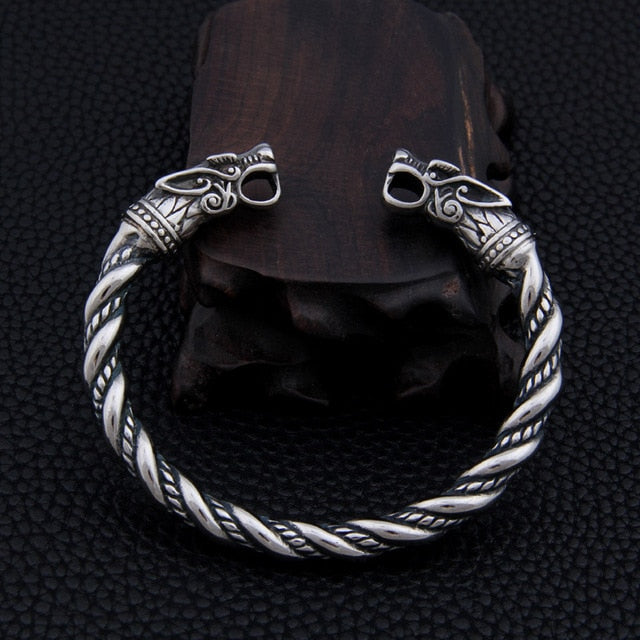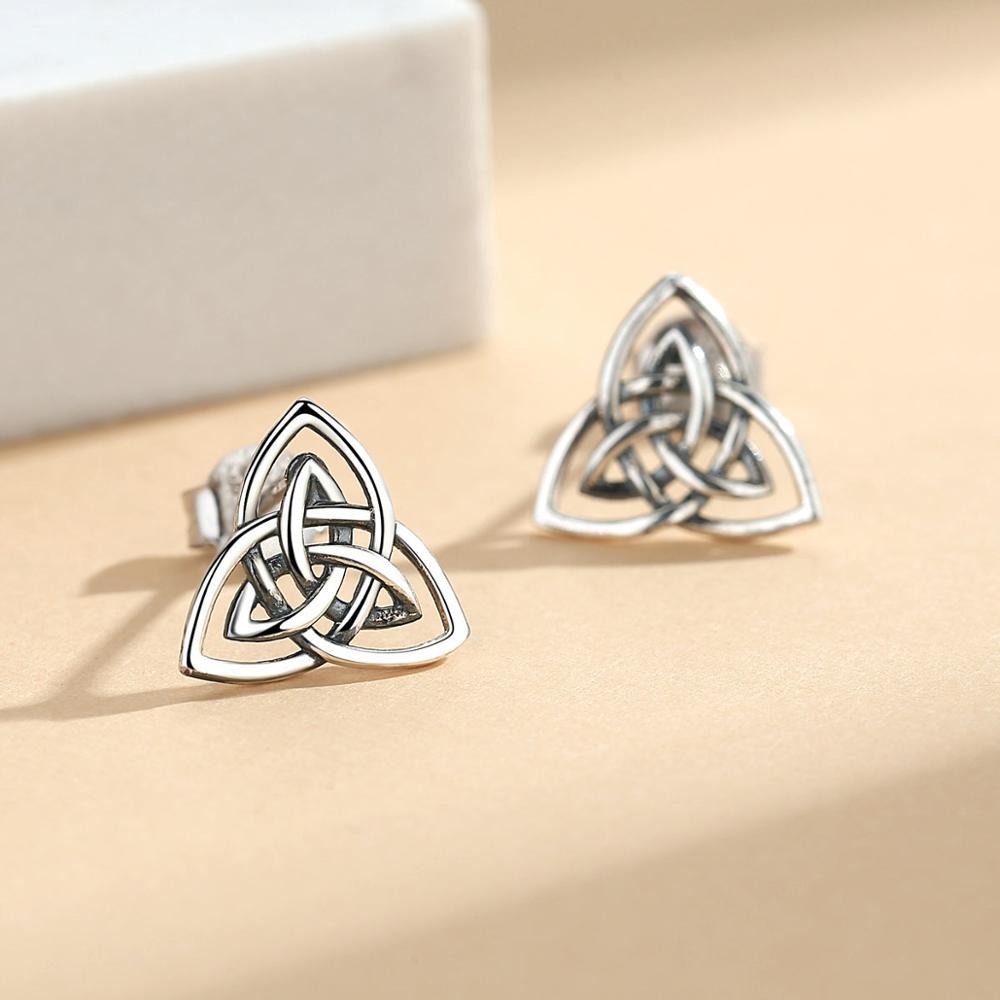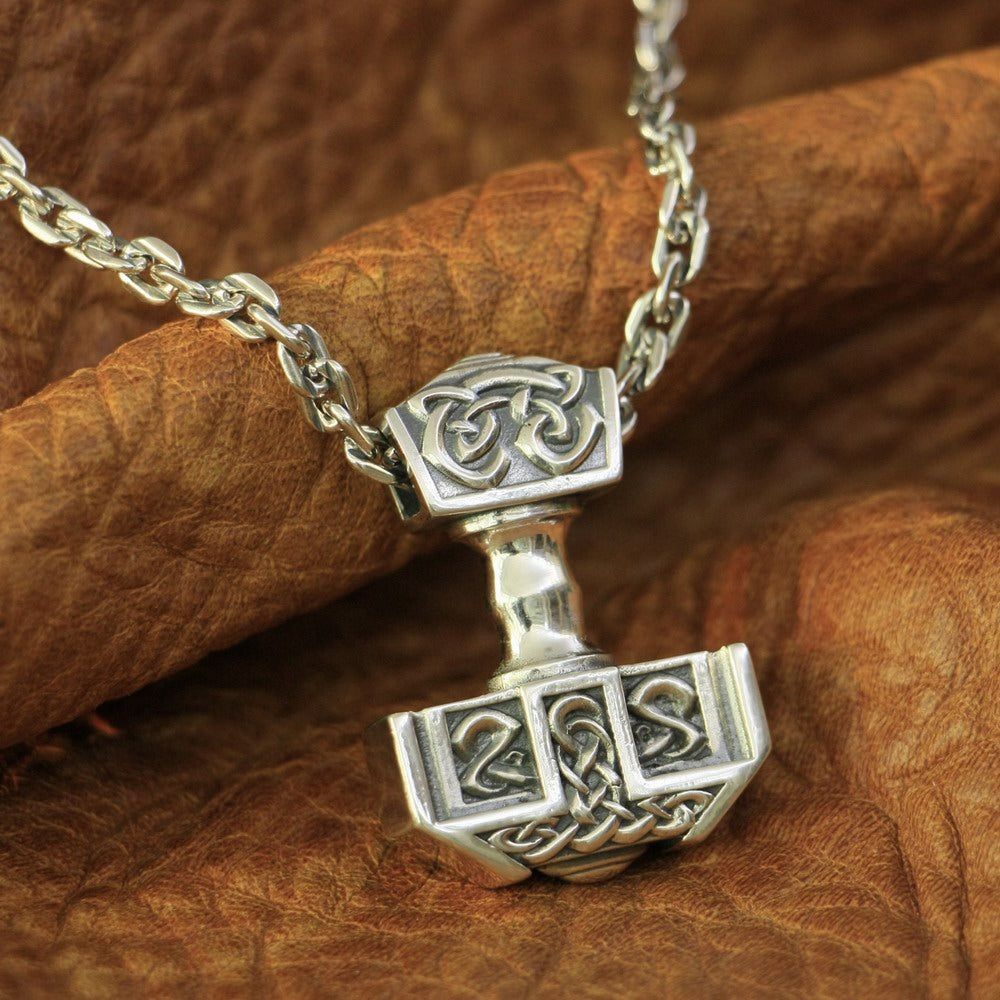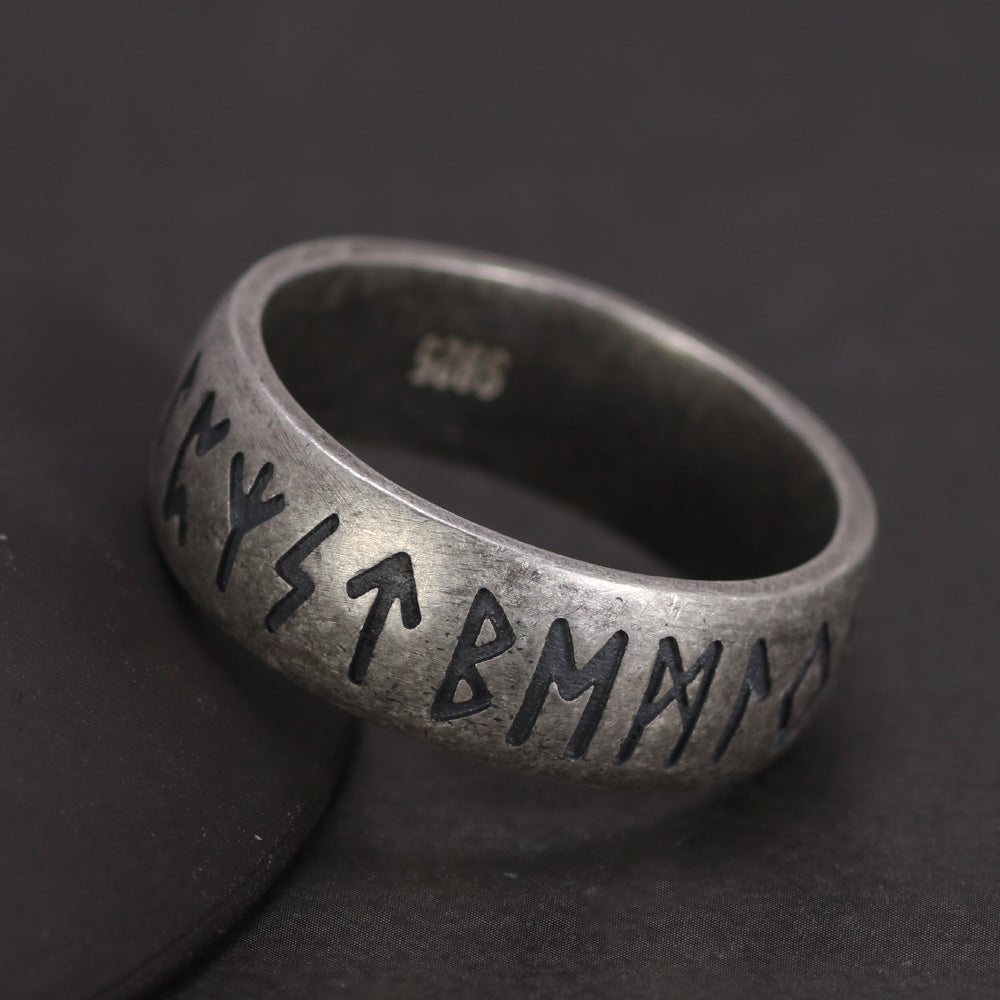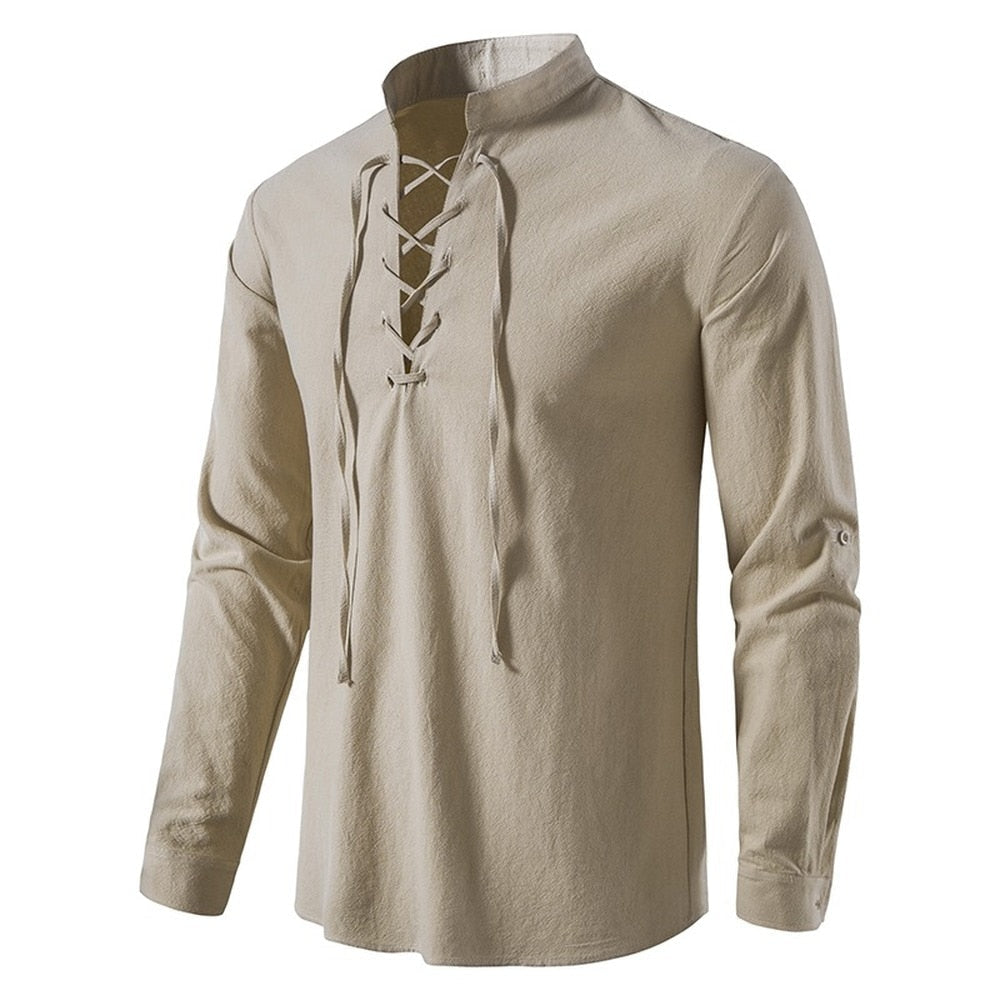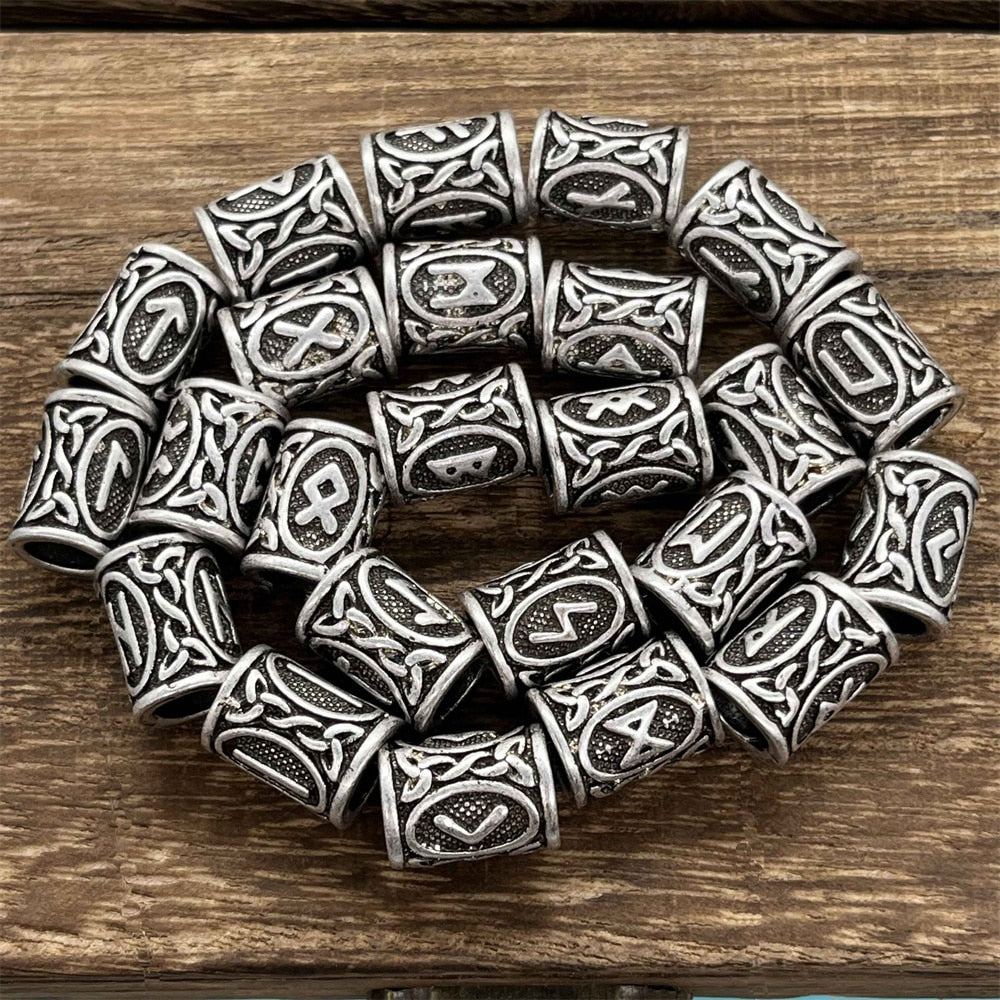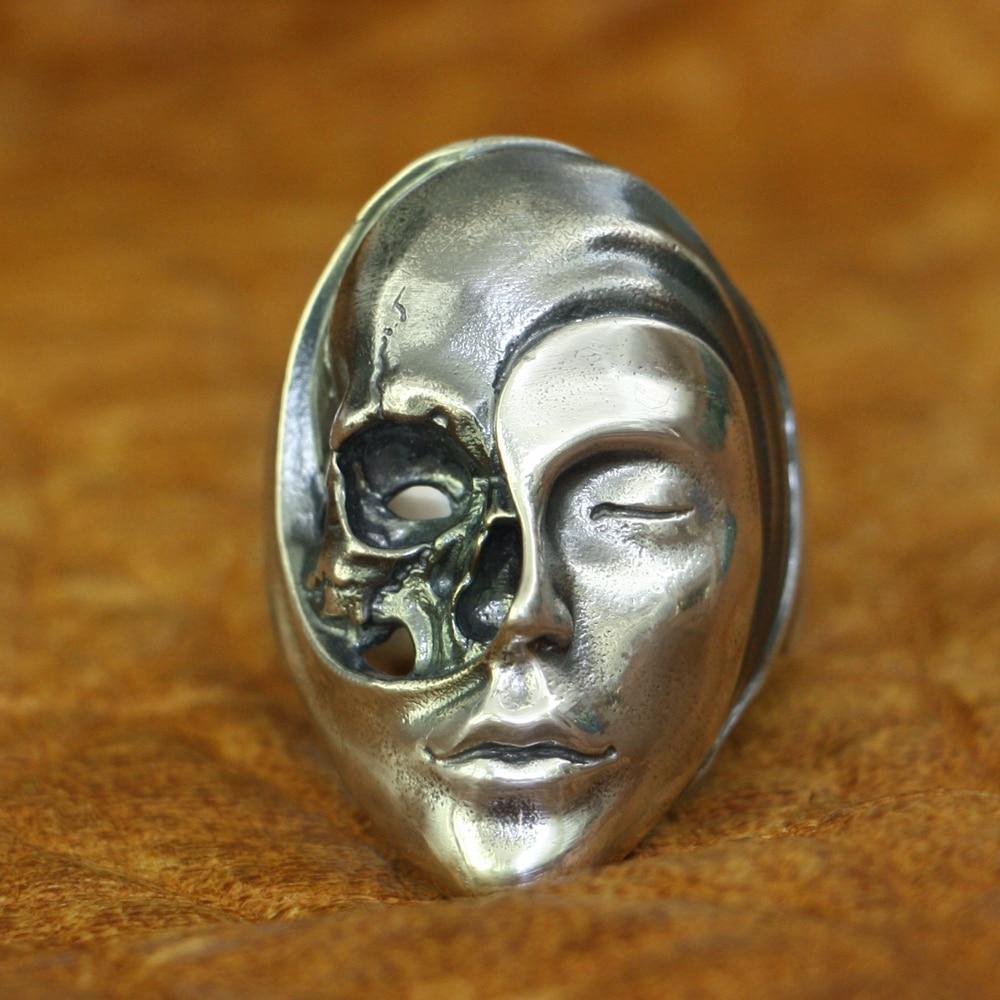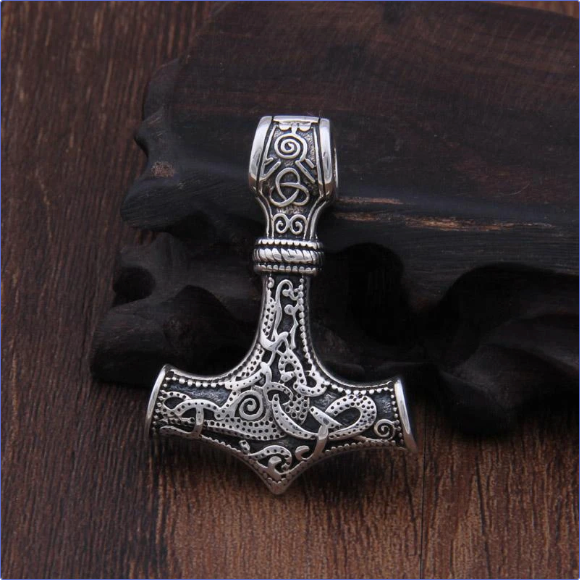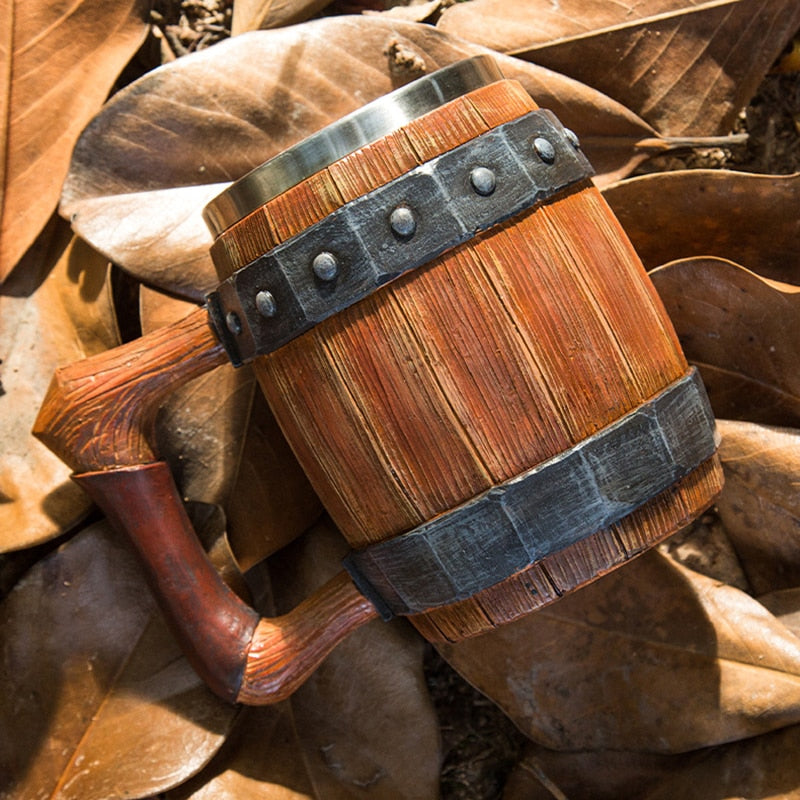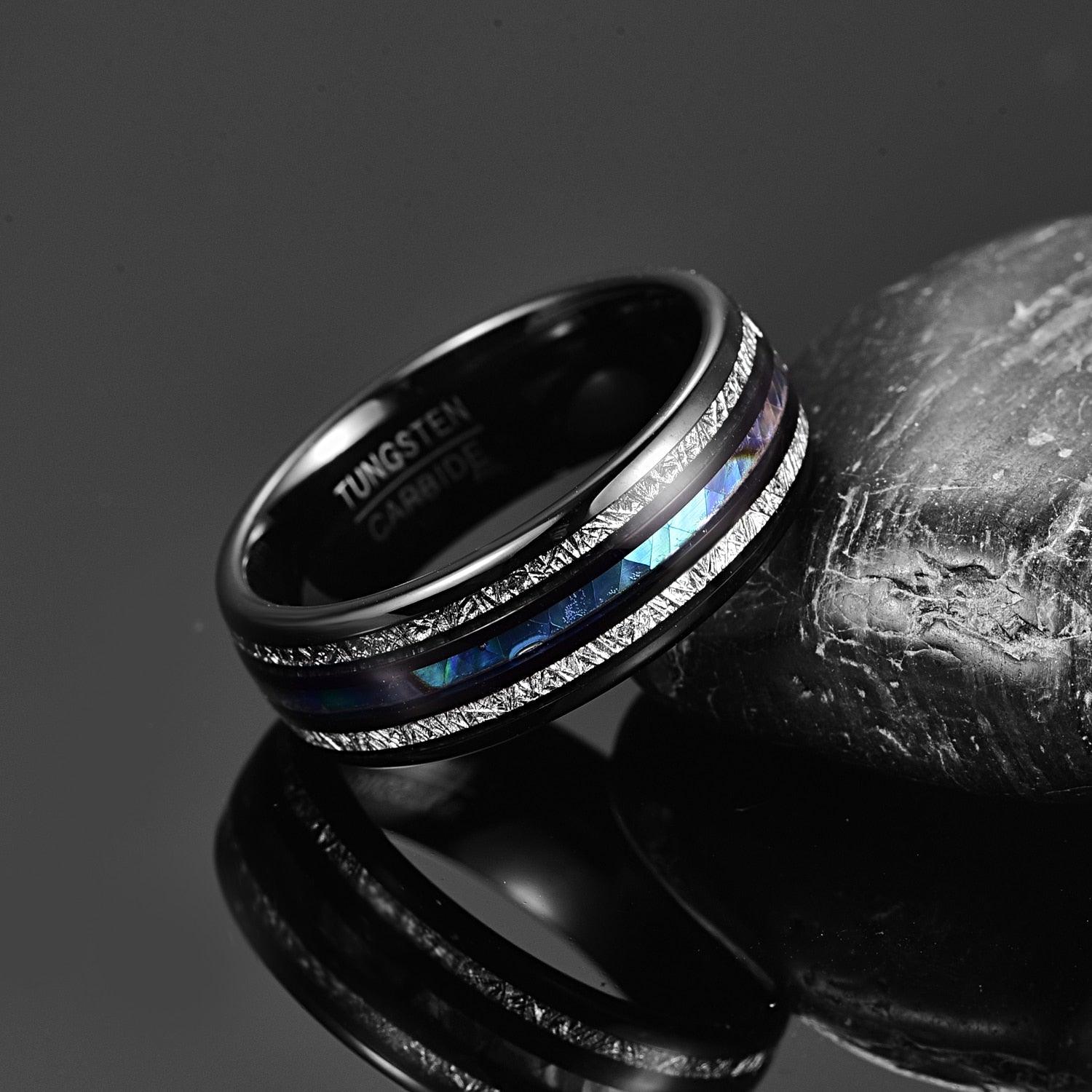The Norse peoples and Vikings, often depicted as fierce raiders and explorers, led multifaceted lives deeply rooted in agriculture, craftsmanship, and community. Their daily existence in villages across Scandinavia was a blend of hard work, social interaction, and cultural practices that sustained their societies for centuries.

The Viking Household
At the heart of Viking domestic life was the longhouse—a large, rectangular structure made from wood, stone, or turf, depending on local resources. These buildings varied in length, typically ranging from 15 to 75 meters, and housed extended families along with their livestock. The interior was often divided into separate areas for sleeping, cooking, and working, with a central hearth providing warmth and serving as the focal point for family activities. During harsh weather, animals were brought inside, contributing to the warmth but also necessitating a high degree of cooperation among inhabitants (we have a special blog post about the Norse and Viking Longhouse here).
Agriculture and Livelihood
Farming was the cornerstone of Norse life. The majority of Norse men and women were engaged in agriculture, cultivating crops such as barley, oats, and wheat and rearing livestock including cattle, sheep, goats and pigs. The agricultural calendar dictated the rhythm of daily activities, with plowing and sowing in the spring, maintenance during the summer and harvesting in the autumn, alongside the preparation for the harsh winter months. Just like in every countryside around the world – both then and now – this seasonal cycle required meticulous planning and labor from all members of the community.

Craftsmanship and Trade
Beyond farming, the Norse peoples and Vikings were skilled craftsmen and traders. Blacksmiths, woodworkers, leatherworkers, and weavers produced essential goods for daily life and trade. Their craftsmanship extended to shipbuilding — a vital aspect of culture — enabling their renowned expeditions across seas. Trade networks spanned vast regions, from the British Isles to the Byzantine Empire, facilitating the exchange of goods like furs, amber, and crafted items for silver, spices, and other commodities (read more about Viking Traders: From Scandinavia to Byzantium here).
Social Structure and Governance
Norse society was structured yet allowed for a small degree of social mobility. At the top were the chieftains or kings, called Jarls, followed by Karls, or free landowners, merchants, and skilled artisans. Thralls, or slaves, occupied the lowest rung, typically captured during raids or born into servitude. Governance within villages involved assemblies known as “þing” (anglicized as “thing”). The assembly was where free men gathered to make decisions, settle disputes, and create laws. This participatory approach fostered a sense of community and collective responsibility.
Cultural Practices and Recreation
Despite their demanding lives, Vikings valued leisure and cultural expression. Storytelling, music, and games were integral to their culture. They played board games like hnefatafl, enjoyed sports such as wrestling – glima – and skiing, and held feasts that featured poetry recitals and musical performances. These gatherings reinforced social bonds and preserved oral traditions, passing down tales of gods, heroes, and ancestral exploits.

Religious Beliefs
Religion permeated Norse daily life, with a pantheon of Gods influencing various aspects of existence. Odin, Thor Freyr and Freyja, the Gods of the North were always present in the hearts and minds of every Norsemen and women, governing different elements of the natural and spiritual world. Rituals, sacrifices and festivals were conducted to honor the Gods, seek their favor, and ensure prosperity, helping mark the passage of the days in a time when most did not have access to a calendar.
Gender roles?
Many authors quote traditional gender roles, with men and women taking on different responsibilities. Men were typically responsible for farming, hunting, trading, and warfare. They tilled the fields, managed livestock, and went on expeditions. Women, on the other hand, were the keepers of the home. They managed household tasks such as cooking, cleaning, weaving, and caring for children. Children were expected to contribute to work according to their age and abilities.
While these roles may have been common and reasonably expected, the fact remains that survival is not an easy task, and every single member of the household would contribute to the work to be done, with gender considerations being a very distant afterthought after survival. We also have several archaeological evidences of warrior women, such as the Birka burial ground, that further challenge any previous conceptions. It is possible that gender roles were not fixed during the Viking age, but became common after the Norse peoples were converted to Christianity.
Bibliographical References:
Wolf, Kirsten. Daily Life of the Vikings. Greenwood Press, 2004. ISBN: 9780313322693.
Winroth, Anders. The Age of the Vikings. Princeton University Press, 2014. ISBN: 9780691149851.
Graham-Campbell, James. The Viking World. Frances Lincoln, 2013. ISBN: 9780711234682.
